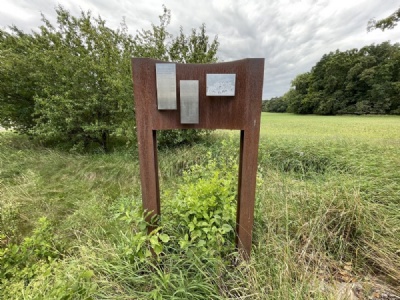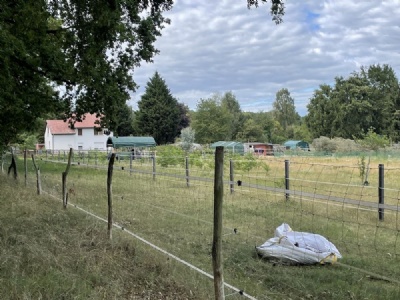Paterdamm
In March 1940, the nazis began murdering mentally and physically disabled people in Brandenburg’s old prison. These were instutionalized and retrieved from various psychiatry clinics in the region. The murders were part of a program called T-4 and the patients were murdered with carbon monoxide in a specially built gas chamber. After the murders, the bodies were examined and then cremated in one of two mobile ovens that were in a connecting room. But the stench of burnt flesh and flames bursting out of the chimney could be seen by the people in the surroundings. Those responsible for the old prison then decided in July 1940 to move the cremation to a small sparsely populated village called Paterdamm, about six kilometers south of Brandenburg.
There, in a small secluded area, an existing building was converted into a crematorium for two mobile ovens. The site was fenced off and called a "Chemical experimental area" to hide its true purpose. It was guarded around the clock by guards and the bodies from the prison in Brandenburg were transported at night in camouflaged post trucks to Paterdamm for cremation. When the euthanasia centre in Brandenburg was closed in October 1940, the crematorium was demolished in Paterdamm. What happened to the cremation ovens is unknown. Unknown is also where the ashes after the cremated were dumped.
Current status: Demolished with monument (2025).
Location: 52°21'47.21"N 12°35'49.41"E
Get there: Car.
Follow up in books: Friedlander, Henry: The Origins of Nazi Genocide – From euthanasia to the final solution (1995).



Today there is a small farm (horse farm?) on the site which was built sometime after the war. No war time buildings remain. The monument is located about 400 meters from the site at the beginning of Paterdamm weg. This is probably because it is not appropriate to place such a monument directly or close to someone’s private land. Therefore, it was placed at a acceptable distance without mentioning the exact location of the crematorium.